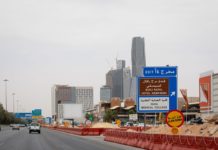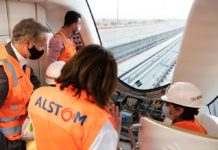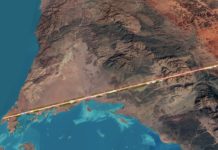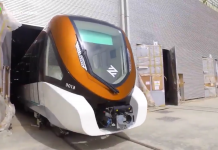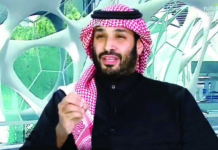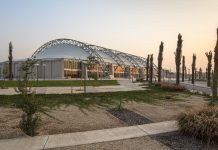Saudi Arabia is infamous for being the only country in the world that does not issue driver’s licenses to women.
Though Saudi women can own cars, and rural women often drive anyway, urban women commonly depend on rides from male relatives or hire men—usually foreign workers—to drive their vehicles.
When Uber and similar services began operating in the Kingdom a few years ago, they offered Saudi women another way of getting around. Uber reports that 80 percent of its users in the country are women. But to some, the arrangement feels exploitative, since women are a captive market. As Hatoon al-Fassi, a Saudi academic who teaches at Qatar University, says, “[Uber] shows the ugly practice of using women’s suffering to make money.”
When the Kingdom invested $3.5 billion in Uber last year, many Saudi women were incensed. They showed their anger in part on social media, posting photos of themselves deleting the Uber app from their phones, or crafting tweets announcing a boycott. “Saudi women are like cash cows for transport companies,” one tweet declared.
Soon, a less controversial means of transport will be available to women in cities across the country, beginning in the capital, Riyadh. The High Commission for the Development of Riyadh is implementing a six-line metro system and accompanying bus network. The project is about half complete and will be operational by 2019. Business Insider calls the undertaking “the biggest urban mass-transit system that’s ever been created from scratch.” Metro and bus lines are also on the docket for such cities as Jeddah, Mecca, and Medina.
Those planning Riyadh’s metro anticipate more than a million daily riders, out of the city’s 7 million residents. With 3 million of those residents women, a significant number are liable to employ the service. “For sure I will use the metro—it will be a major solution for women,” a female university student told Reuters. The planners expect ridership to rise to around 3.5 million after a decade. More info

